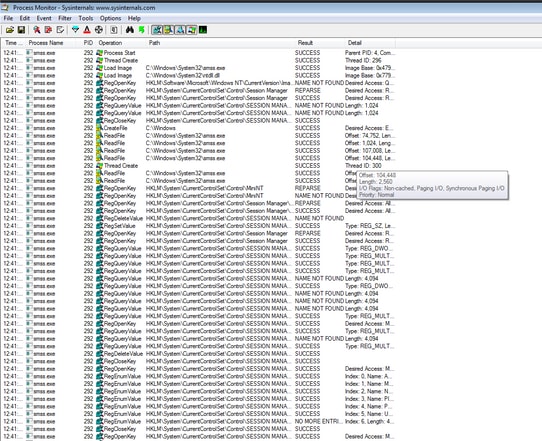

Or you could alternatively create a configuration file and use the /LoadConfig command line switch for Process Monitor.Īgain the possibilities are endless and you can extend this by using the command line options for PsExec and Process Monitor. After that Exit Process Monitor and run the above command from Command Line. If you need to set filters for Process Monitor, then run the Process Monitor tool in GUI mode and set the Filters and save it. This utility takes a parameter for milli-seconds to wait. If you do not prefer the ping method to simulate waits, you can use the SLEEP utility available with Windows 2003 Resource Kit. The command that I used to execute the commands present in the.

The reason why we would have to run Process Monitor from command line is because while running setup, it’s recommended that you do not log into the passive nodes using Terminal Services or Console Mode. cmd file to spawn Process Monitor on a different server and capture a trace using a local file as the backing file. Start %PM% /quiet /minimized /AcceptEULA /backingfile D:\ProcMon\notepad.pml cmd file that I am using in this case has the following commands: This is quite useful if you need to collect a Process Monitor trace from one of the passive nodes while running SQL Server 2005 setup. The scenario that I will discuss today is collection of a Process Monitor trace on a server without logging onto the machine. PsExec lets you execute processes on other systems without having to manually install client software. Today I shall talk about using PsExec (part of the PsTools package) to collect data from a remote box through PsExec. A new week begins and the Tools, Tips and Tricks series continues.


 0 kommentar(er)
0 kommentar(er)
